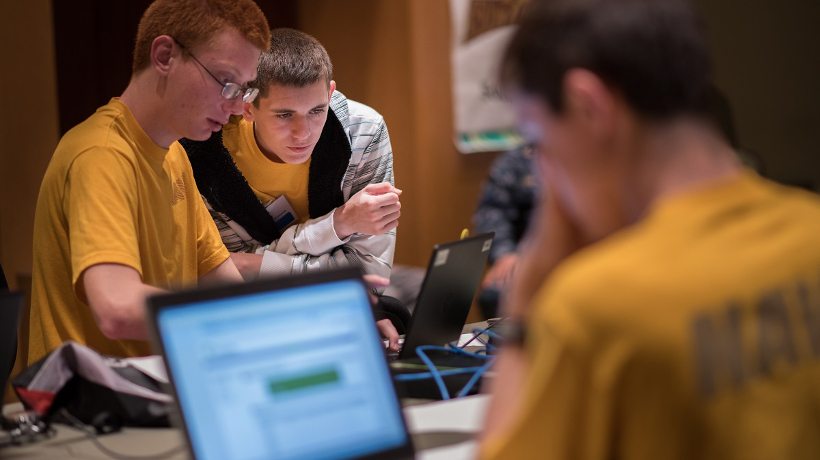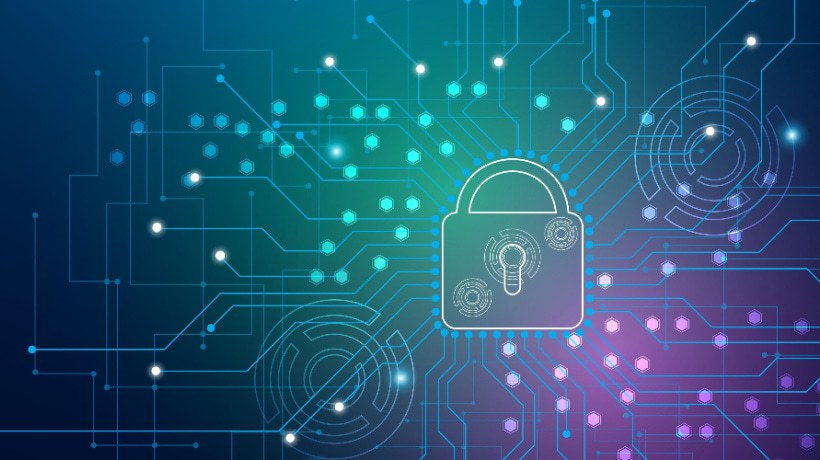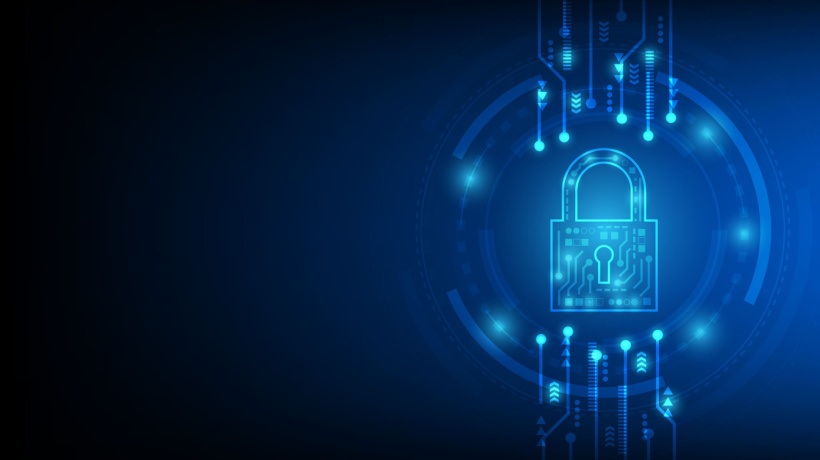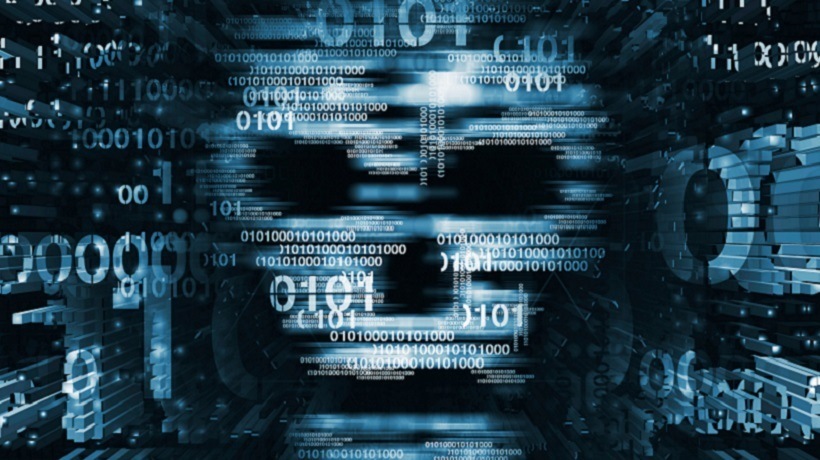How Can Better Cyber Security Measures Be Used By Schools And Businesses
The rise of technology in schools, and at work, has been incredible for students, teachers, and the eLearning industry itself. Not only does distance eLearning prepare students for the realities of remote work in the modern age, but learners who benefit from different learning styles are able to test out different pedagogical approaches and select the one that works best for them.
Indeed, the advancement of tech in schools mirrors the advancement of tech in the rest of society, albeit generally at a slower rate. It takes time to understand how something functions and to address how these things interact with the rest of society. For example, society’s dependence on connectivity has been growing for nearly 30 years now, but it wasn’t until recently that the world realized how dangerously insecure the foundation we’ve laid is.
For example, the public blunder that was the Equifax hack affected approximately 145.5 million people in North America, exposing lifetime information more static than even credit card numbers, including social security numbers and names. Private businesses and hospitals have even become victims of attacks in recent years, simply because they don’t employ the right protections in cyber security. Fortunately, businesses are waking up to the realities posed by cyber-attacks, ECPI University reports via these findings:
- 43% will make cyber security a higher priority this year.
- 64% will increase budgets and spending on cyber security strategies and the professionals needed to protect against "known security threats".
- 68% will focus more on cyber security incident response solutions this year and implement greater accountability for security breaches.
- 69% say digital transformation is forcing "fundamental changes to security strategies".
- 72% want corporate division management to reinforce and take part in developing cybersecurity solutions to protect mission-critical applications.
Unfortunately, schools are beginning to learn that they aren’t immune to cyber attacks either. Recently, one Montana school district was breached by a foreign hacking collective, reports the Spokesman-Review. They’re not even sure which records the hackers accessed or potentially taken.
"The things I read say that education is one of the next areas that is being targeted", said Clay Gehring, the director of technology services for Spokane Public Schools, to the Review.
If Gehring is right, schools better start stepping up their cyber security game ASAP.
Safeguarding Networks
Cyber attacks against schools really are nothing new. In 2015, public schools in Miami were on the receiving end of a Distributed Denial of Service (DDoS) attack that shut down all access to the internet just as thousands of students were gearing up to take new standardized tests. Unfortunately, schools aren’t as prepared as they should be in the face of cyber threats. Here is a list of these 3 ways that schools supporting eLearning and other types of technology can safeguard themselves against cyber attacks:
1. Establish A Strong BYOD Policy
The beauty of eLearning is just how mobile it is. Modules can be accessed by a variety of devices, and institutions can issue their own devices specifically for distance eLearning, and with the specs needed for more advanced labs and modules. Every institution—be it a school or a business—should have strong policies pertaining to devices on the network. Guest devices should stay on a guest network, the likes of which will allow you to keep data secure on an administrative network, as well as monitor traffic more closely.
2. Protect Campus-Owned Devices, On And Off-Site
Schools and businesses alike need to be vigilant about protecting laptops and other devices they may issue to education staff and employees. One of the biggest threats to any organization is its employees and their own ignorance. They generally mean no harm, but often fail to see even some of the simplest ways that their activity might be putting the greater organization at risk.
Connecting to poorly secured wireless hotspots, for example, can increase the risk of breach. Consider employing remote filtering technology, so that all registered devices are forced to connect to the internet through a web security gateway. While it’s not much, it is one way to mitigate risk.
3. Implement Multi-Factor Authentication
When it comes to sending sensitive information, schools and businesses are suggested to implement a secure file exchange solution, which will be able to protect them against cyber threats such as phishing schemes.
They are also advised by experts, to quickly and easily authenticate themselves before any data downloads or uploads take place, so nobody can pose a threat and everyone, as well as the school data, does remain safe.
If schools and companies relying on technology followed even some of these cyber security measures, they would see incidents of breaches drop drastically. Any organization that’s relying on technology such as eLearning, and which may be trusting employees with devices on the company’s network needs to be prepared against cyber attacks — your students and employees are the most likely vectors of infection. Educate them and yourself against cyber-threats, and protect the organization as a whole. Knowledge is power.









